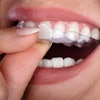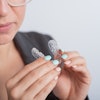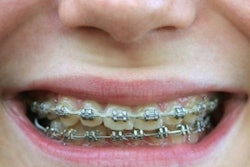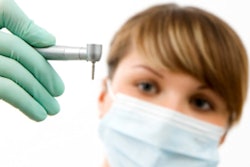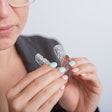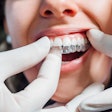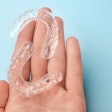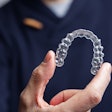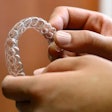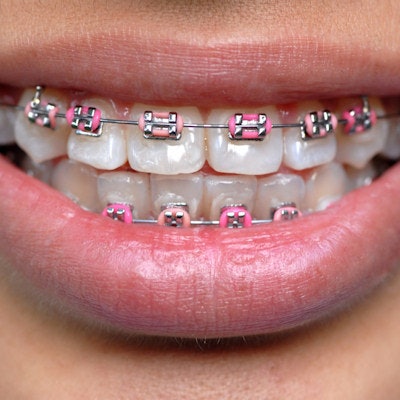
Young adults with malocclusion may experience worse psychological discomfort and disability than their peers without malocclusion, according to the findings of a new study investigating factors that influence oral health-related quality of life among high school students.
The study, which was published on September 17 in Health and Quality of Life Outcomes, included various oral health, socioeconomic, and demographic factors. Researchers found that malocclusion significantly affected the oral health-related quality of life of 18-year-old students in Hong Kong.
"Young adulthood is a time when subjects transform their role from a dependent child to an independent social identity," wrote the authors, led by Ling Sun from the University of Hong Kong dental school. "This cross-sectional study aimed to analyze the sociodemographic and clinical factors that may influence the [oral health-related quality of life] of 18-year-old young adults."
2 factors
Oral health-related quality of life studies attempt to measure the effect of oral health on subjects' overall well-being. However, few studies have specifically researched this aspect of quality of life for young adults, according to the authors of the current study.
For their research, they randomly selected 18-year-old students from 45 high schools in Hong Kong. These students filled out an oral health impact profile, which measured how their oral health affected their functional limitations, physical pain, psychological discomfort, physical disability, psychological disability, social disability, and handicap. The researchers excluded students from the study if they had systemic diseases, previous orthodontic treatment, or oral diseases other than caries, periodontitis, or malocclusion.
Their final analysis included 300 students. Out of all the factors studied, only household income and malocclusion were significantly associated with oral health-related quality of life for the students. Those with the highest household incomes were less likely to experience poor oral health-related quality of life, while students with malocclusion were more likely to report worse quality of life.
"The influence factors like household income and malocclusion could affect subjects' physical and psychological status," the authors wrote. "However, these effects were not profound enough to hazard their daily lives."
Furthermore, the current study was part of longitudinal research that examined students from age 12 to 18. Interestingly, the influential factors at age 18 differed from influential factors at ages 15 and 12, the researchers found. For instance, gender significantly influenced oral health-related quality of life for students age 12 and 15 but not at age 18.
"These results suggest that subjects of different age could have different experiences on the same condition, which support the hypothesis that quality of life is a 'dynamic construct' that is likely to change over time," the authors wrote.
Results cannot be generalized
The authors noted that their study had several shortcomings. First, it was a cross-sectional analysis and further research is needed to validate their findings. In addition, the study included students from Hong Kong, and future studies of 18-year-old young adults from different geographic areas may differ in their results.
"In this study, family ecosocial factors and malocclusion had an effect on [oral health-related quality of life]," the authors concluded. "Among the family ecosocial factors, it was household income that had the most effect. ... Malocclusion mainly affected the subscales of psychological discomfort and psychological disability."
